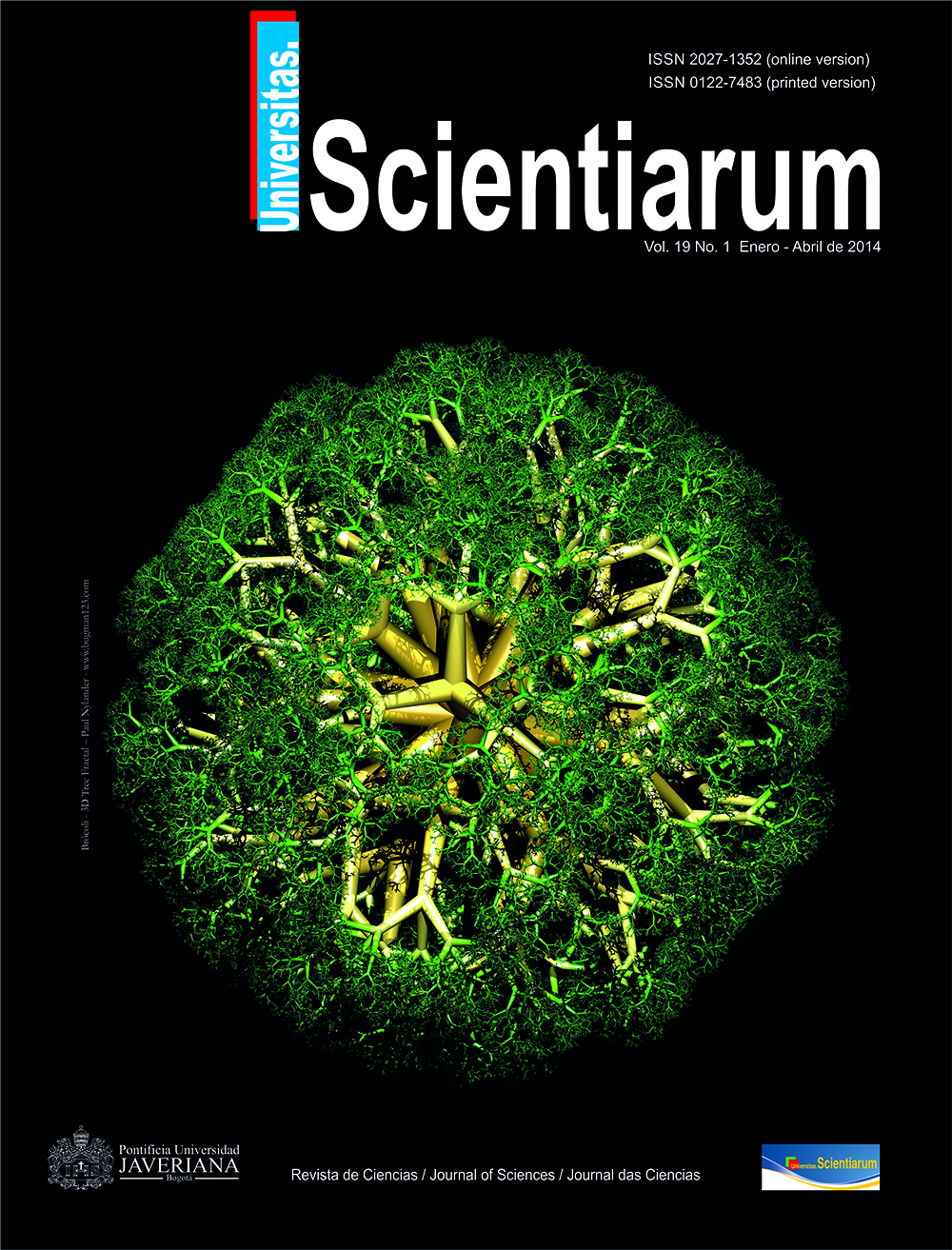Abstract
We fabricated quaternary compound, Cu2ZnSnSe4, films by co-evaporation of copper, tin and zinc selenide precursors in a selenium atmosphere and deposited the samples on soda-lime glass substrates. From the x-ray diffraction data, we established that the phase that characterizes the compound is sensitive to changes in the synthesis parameters and affects the structure of the material. Through a comparison of stannite and kesterite structures associated with Cu2ZnSnSe4 growth, we detailed structural properties such as interplanar distance, crystal planes, crystallite size and the atomic position of the elements of the compound. A comparative analysis of the structures revealed that the stannite is the crystallizing material. Using the Rietveld method and software we were able to simulate the stannite structure establishing subtle differences with the kesterite structure.Univ. Sci. is registered under a Creative Commons Attribution 4.0 International Public License. Thus, this work may be reproduced, distributed, and publicly shared in digital format, as long as the names of the authors and Pontificia Universidad Javeriana are acknowledged. Others are allowed to quote, adapt, transform, auto-archive, republish, and create based on this material, for any purpose (even commercial ones), provided the authorship is duly acknowledged, a link to the original work is provided, and it is specified if changes have been made. Pontificia Universidad Javeriana does not hold the rights of published works and the authors are solely responsible for the contents of their works; they keep the moral, intellectual, privacy, and publicity rights. Approving the intervention of the work (review, copy-editing, translation, layout) and the following outreach, are granted through an use license and not through an assignment of rights. This means the journal and Pontificia Universidad Javeriana cannot be held responsible for any ethical malpractice by the authors. As a consequence of the protection granted by the use license, the journal is not required to publish recantations or modify information already published, unless the errata stems from the editorial management process. Publishing contents in this journal does not generate royalties for contributors.



